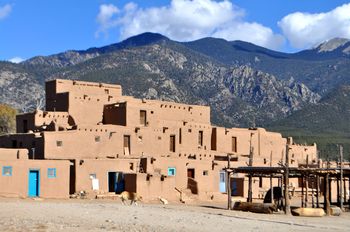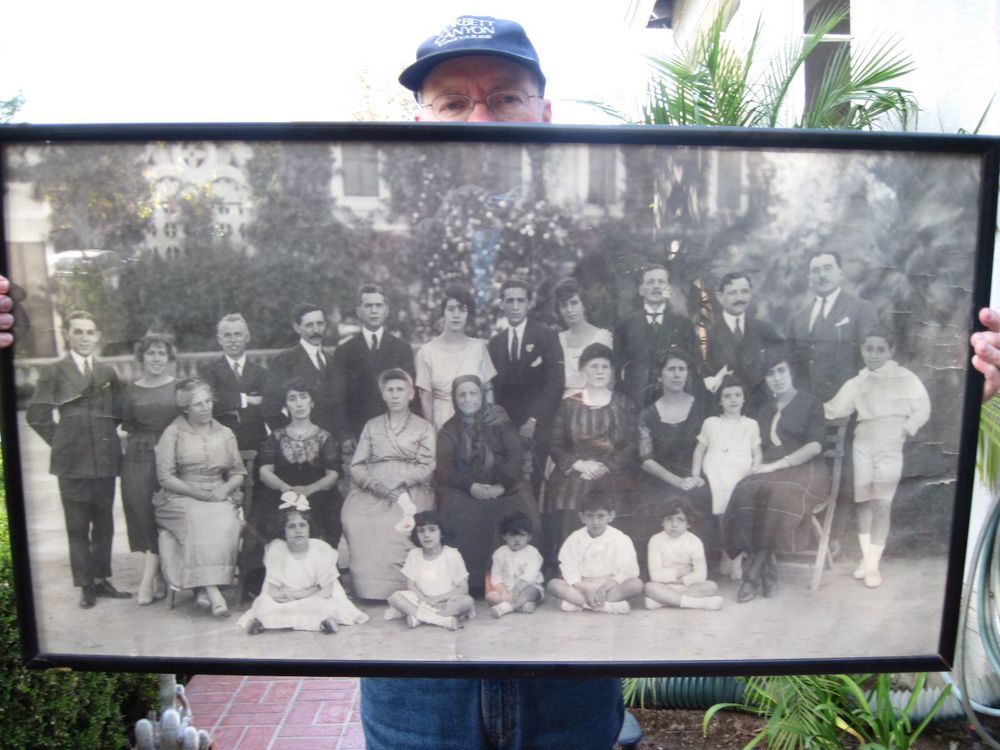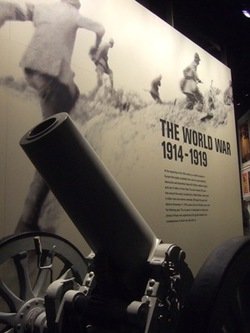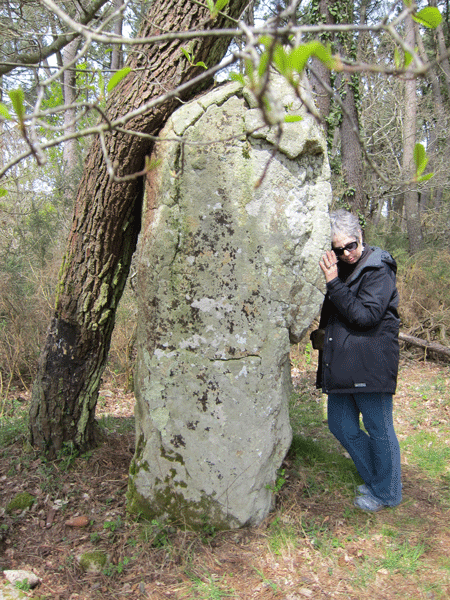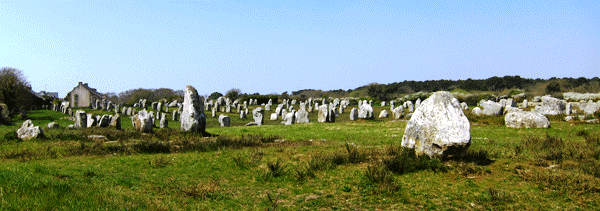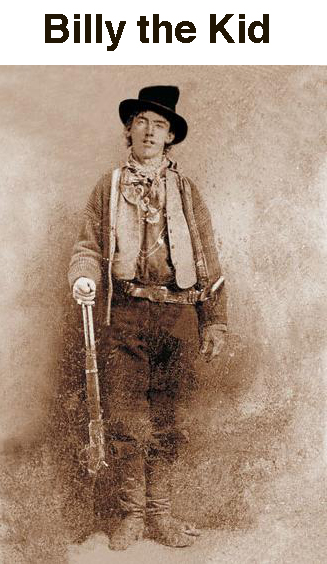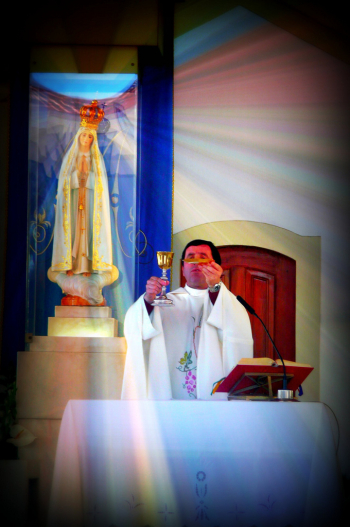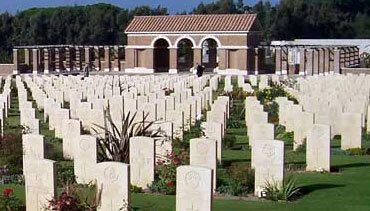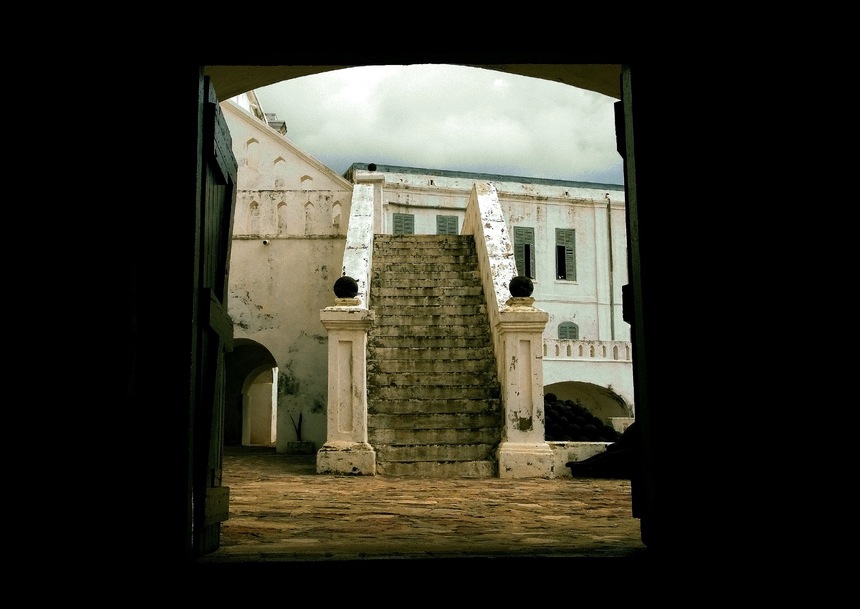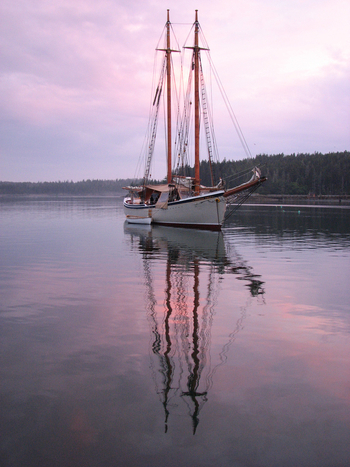by Elyn Aviva
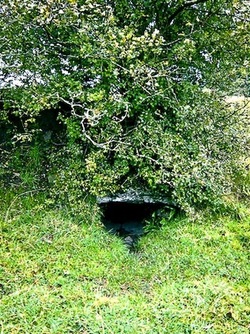 Even photos of the Cave of the Cats gave me the willies. I wasn’t going to enter it, not if you paid me. I was sure of that. My companions could go in if they wanted, but not me. We sloshed through the wet field to the entrance, a dark inverted triangle almost hidden by an overgrown thorn bush. A gash, a hole in Mother Earth. “No way,” I muttered, shaking my head. Jack, flashlight in hand, offered to go in first, and I watched him slither into the tight-fitting slit.
Even photos of the Cave of the Cats gave me the willies. I wasn’t going to enter it, not if you paid me. I was sure of that. My companions could go in if they wanted, but not me. We sloshed through the wet field to the entrance, a dark inverted triangle almost hidden by an overgrown thorn bush. A gash, a hole in Mother Earth. “No way,” I muttered, shaking my head. Jack, flashlight in hand, offered to go in first, and I watched him slither into the tight-fitting slit.
County Roscommon in western Ireland has a reputation for being boring, but it is anything but. The Rathcroghan complex has been a powerful place since the Neolithic, roughly 6000 years ago. It is an enigmatic landscape shrouded in myth, the burial place of long-forgotten heroes and the kings and queens of Connacht. It is one of the legendary “Celtic Royal Sites” of Ireland, ranking with the better-known Hill of Tara. Like Tara, Rathcroghan unites legend with history. It includes over 200 sites: ancient earthworks, tumuli, ceremonial avenues, ring forts, standing stones, the remains of a Druid school, holy wells, and caves. We’d come for the caves—one in particular, the Cave of the Cats.
Oweynagat (pronounced “Oween-ne-gat” or “UUvnaGOTCH”) or the Cave of the Cats is a spooky place, filled with powerful energies both of the earth and of the Otherworld. The Morrigan, Celtic goddess of death, destruction, and passion, is said to reside within.


